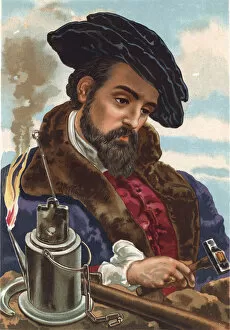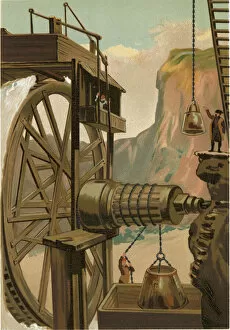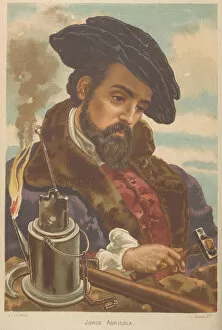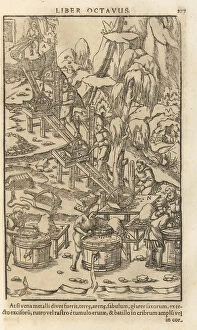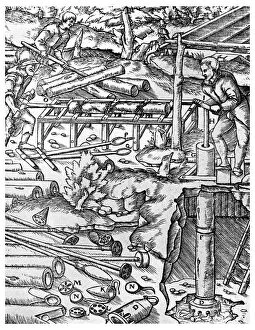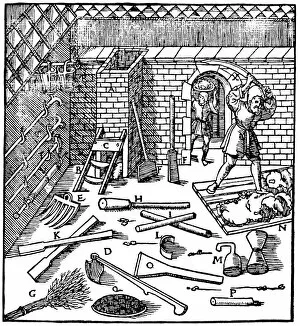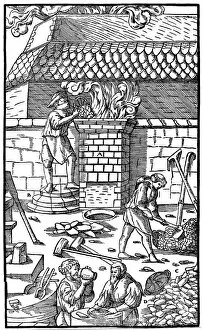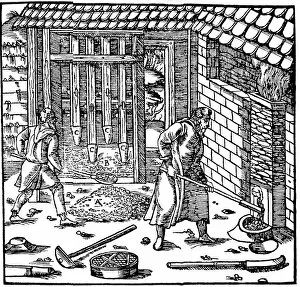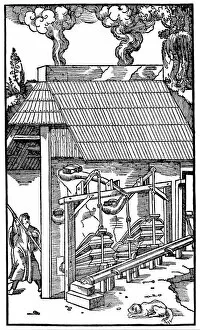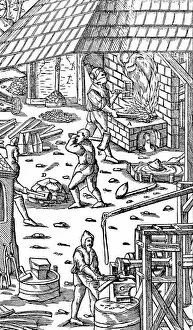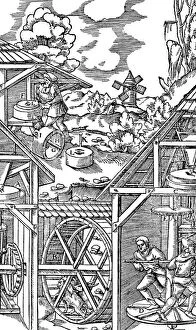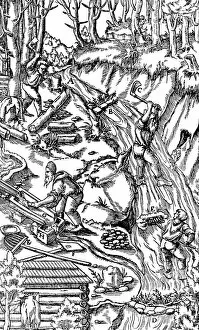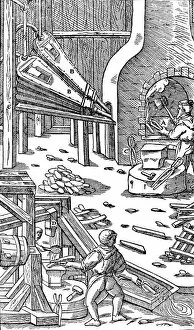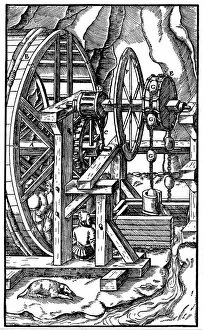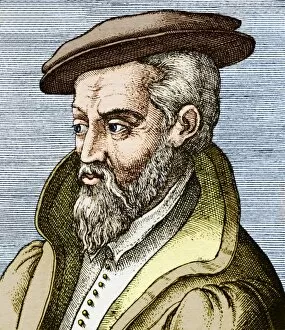Georgius Agricola Collection
Georgius Agricola, a 16th-century German physician, mineralogist, and metallurgist, was an influential figure in the field of mining and metal extraction
For sale as Licensed Images
Choose your image, Select your licence and Download the media
Georgius Agricola, a 16th-century German physician, mineralogist, and metallurgist, was an influential figure in the field of mining and metal extraction. Known for his work in directing the mines of Freyberg, Agricola's contributions to the industry are still celebrated today. In his renowned book "De re metallica libri XII, " published in 1556 with illustrations by an anonymous artist, Agricola delved into various aspects of mining and refining techniques. One such illustration depicts a silver refinery from that era. This visual representation gives us a glimpse into the intricate processes involved in extracting precious metals. Agricola's expertise extended beyond just silver refining; he also explored prospecting for metals using traditional methods. In another captivating illustration from his book, we see miners diligently searching for valuable ores amidst rugged landscapes. These images transport us back to a time when technology was limited but determination prevailed. Before steam engines revolutionized mining operations, Agricola devised innovative solutions like elm tree pumps to drain mines effectively. The image showcasing this technique highlights his ingenuity and resourcefulness during an era devoid of modern machinery. Another fascinating aspect of Agricola's work was salt production through evaporating natural brine using burning charcoal pits. This method is depicted vividly in one of the illustrations from his book, shedding light on ancient practices that were essential for everyday life. Agricola's legacy lies not only in these detailed illustrations but also in advancing smelting techniques for gold, silver, copper, lead ores during that period. His meticulous studies led to significant advancements in separating lead from precious metals like silver or gold using cupellation furnaces. Georgius Agricola left an indelible mark on the world of mining and metallurgy through his extensive research and practical applications. His dedication to understanding these industries paved the way for future innovations while preserving historical knowledge about ancient mining practices.


